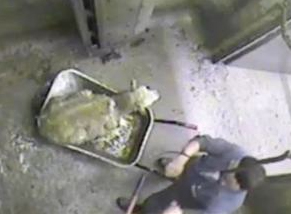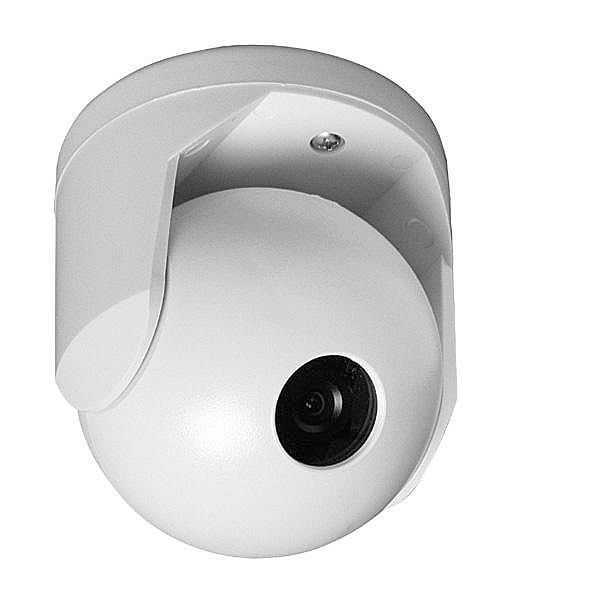In conditions similar to the Iowa egg farms involved in the 2010 salmonella-in-eggs outbreak – without the salmonella outbreak – the Humane Society of the U.S. plans to release on Thursday the results of an undercover investigation into Kreider Farms, which produces 4.5 million eggs each day for supermarkets like ShopRite.
Nicholas Kristof writes in today’s N.Y. Times that he’s reviewed footage and photos taken by the investigator, who says he worked for Kreider between January and March of this year. In an interview, he portrayed an operation that has little concern for cleanliness or the welfare of hens.
“It’s physically hard to breathe because of the ammonia” rising from manure pits below older barns, said the investigator, who would not allow his name to be used because that would prevent him from .jpg) taking another undercover job in agriculture. He said that when workers needed to enter an older barn, they would first open doors and rev up exhaust fans, and then rush in to do their chores before the fumes became overwhelming.
taking another undercover job in agriculture. He said that when workers needed to enter an older barn, they would first open doors and rev up exhaust fans, and then rush in to do their chores before the fumes became overwhelming.
Mice sometimes ran down egg conveyer belts, barns were thick with flies and manure in three barns tested positive for salmonella, he said. (Actually, salmonella isn’t as rare as you might think, turning up in 3 percent of egg factory farms tested by the Food and Drug Administration last year.)
In some cases, 11 hens were jammed into a cage about 2 feet by 2 feet. The Humane Society says that that is even more cramped than the egg industry’s own voluntary standards — which have been widely criticized as inadequate.
“These allegations by the Humane Society are a gross distortion of Kreider Farms, our employees and the way we care for birds,” Ron Kreider, the president of Kreider Farms, told me in a statement. He acknowledged that three barns had tested positive for salmonella but said that consumers were never endangered.
“The reality of food processing can be off-putting to those not familiar with animal agriculture,” added Kreider, the third-generation family leader of the company. “When dealing with millions of birds, there is always a small percentage of dead birds. Older-style chicken houses will inherently contain a level of fly and rodent activity.” Kreider added that his company was leading the industry in replacing old barns with state-of-the-art.

.jpg) menu, claiming it is akin to "serving poodle burgers at a dog show."
menu, claiming it is akin to "serving poodle burgers at a dog show." After public health and animal welfare experts inspected them, council officials ordered them to be shot dead.
After public health and animal welfare experts inspected them, council officials ordered them to be shot dead. plants to enhance the company’s animal welfare protection systems. All of Cargill’s U.S. plants were expected to have the program in place by the end of 2009.
plants to enhance the company’s animal welfare protection systems. All of Cargill’s U.S. plants were expected to have the program in place by the end of 2009. slaughter when animals are not stunned. "The likelihood of a stunned animal being conscious is extremely small," said its veterinary officer Stephen Lomax. "This is not an animal welfare issue."
slaughter when animals are not stunned. "The likelihood of a stunned animal being conscious is extremely small," said its veterinary officer Stephen Lomax. "This is not an animal welfare issue."